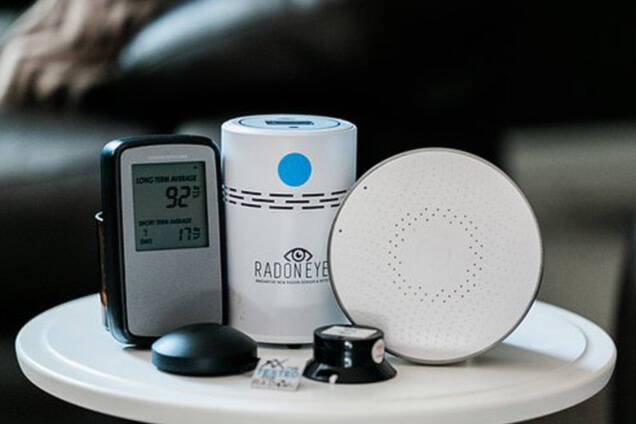Radon gas is the leading cause of lung cancer in non-smokers and the second leading cause in smokers, and it’s in your home.
“For people living in BC, it’s not a question of “if” there’s radon in their home, but how much,” according to Health Canada’s January press release. The national guideline for radon is 200 becquerels per cubic metre.
Radon gas is a colourless and odourless radioactive gas that comes from the breakdown of uranium and soil, said Health Canada’s regional radon specialist, Yalda Yavari, in an interview with the Tribune. The gas enters the home through any opening where the house has contact with the ground, such as cracks in the foundation and floor drains. Once radon gas is enclosed in the home, its levels increase.
In a study of 300 homes in the Cariboo, seven per cent of these homes were above the national guideline for radon levels, explained Yavari. According to BC Centre of Disease Control (BCCDC), about one in three homes in the Interior have radon levels higher than the national guideline.
The only way to know how much radon gas is in your own is to test for it. Testing kits can be purchased from most local home hardware stores. However, Yavari said it’s preferred to buy testing kits from an approved provider or by having a certified professional test your home, both of which can be found at takeactiononradon.ca.
Radon gas levels tend to be highest in the winter when air gets trapped inside and due to the pressure difference between air inside the home and outside, said Yavari. The best time to test for radon gas is between mid-September and mid-April. Testing should occur for 91 days to give an accurate reading of the radon levels.
If radon levels are high, there are a number of steps homeowners can take to decrease the radon levels, including increasing the overall ventilation in the home to better exchange air, sealing cracks and openings and most commonly, sub-slab depressurization.
“This method involves installing a vent pipe system and a fan to draw radon gas from below the home’s foundation and vent it safely outside, either through an outside wall or through the roof. This system creates a vacuum under the foundation, preventing radon from entering the home and reducing indoor radon levels,” said Yavari.
Certified radon professionals can also be reached for testing by visiting c-nrpp.ca or calling toll free 1-855-722-6777.
READ MORE: Radon testing advised for all B.C. homes to reduce cancer risks
READ MORE: Interior Health testing radon in schools
Don’t miss out on reading the latest local, provincial and national news offered at the Williams Lake Tribune. Sign up for our free newsletter here.
